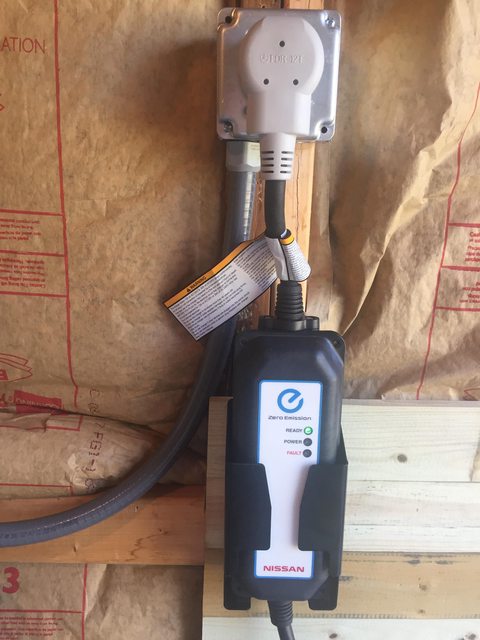As far as I can tell my Panasonic made Nissan granny charger is an original 2011.
A normal 40 space panel if only loaded 15 amp breakers would put 300 amps worth of breakers on each line.
If you loaded up that same panel like what's found on a normal house with electric appliances, mostly 20 amp single pole branch circuits, some 30, 40 and 50 2-pole breakers and maybe a sub panel for a detached garage you could easily have well over 400 amps worth of breakers per line and that panel plus service wouldn't be considered "overloaded".
The "dont put more breaker capacity than what your service is rated for rule" went away probably in the 1980s.
A normal 40 space panel if only loaded 15 amp breakers would put 300 amps worth of breakers on each line.
If you loaded up that same panel like what's found on a normal house with electric appliances, mostly 20 amp single pole branch circuits, some 30, 40 and 50 2-pole breakers and maybe a sub panel for a detached garage you could easily have well over 400 amps worth of breakers per line and that panel plus service wouldn't be considered "overloaded".
The "dont put more breaker capacity than what your service is rated for rule" went away probably in the 1980s.

